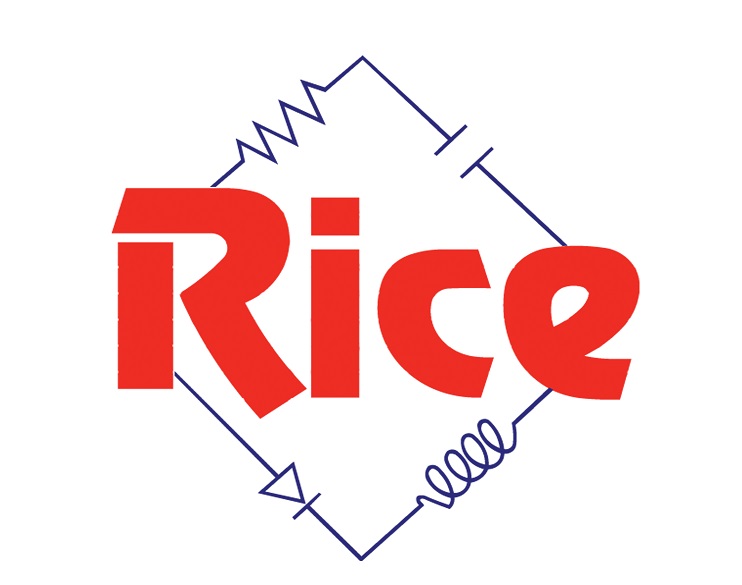Motorola FM

Repeater Systems
The primary purpose of a FM repeater system is to extend the coverage area of either hand held radios or vehicular mounted mobile units. The repeater, usually installed at a central location and having an antenna mounted in a high location to extend its range, operates on a frequency pair opposite the frequencies of the mobile units. That is to say the mobile units transmit on channel “A” and receive on channel “B” while the repeater transmits on channel “B” and receives on channel “A”. Transmissions from the mobile units are received by the repeater and retransmitted to other mobile units. With sufficient antenna height of the repeater, it is not uncommon for a repeater to cover a radius of twenty-five miles. However it more common to limit the range of repeater by using a lower transmit power and a shorter antenna structure to prevent unwanted interference.
Trunking Systems
Trunking systems are an extension of the repeater systems but allow several repeaters to service the same group of hand held or mobile units without the operator changing channels. What this means is that several mobile units can carry on separate and independent conversations without interfering with each other. This is accomplished by providing separate frequency pairs to each repeater and assigning them with controllers. The controllers take on the task of tracking users and keeping those communicating segregated by channel assigned sent to the mobile units from the controllers. This process is seamless in operation and allows for a higher communications usage than could be accomplished with a single repeater.
